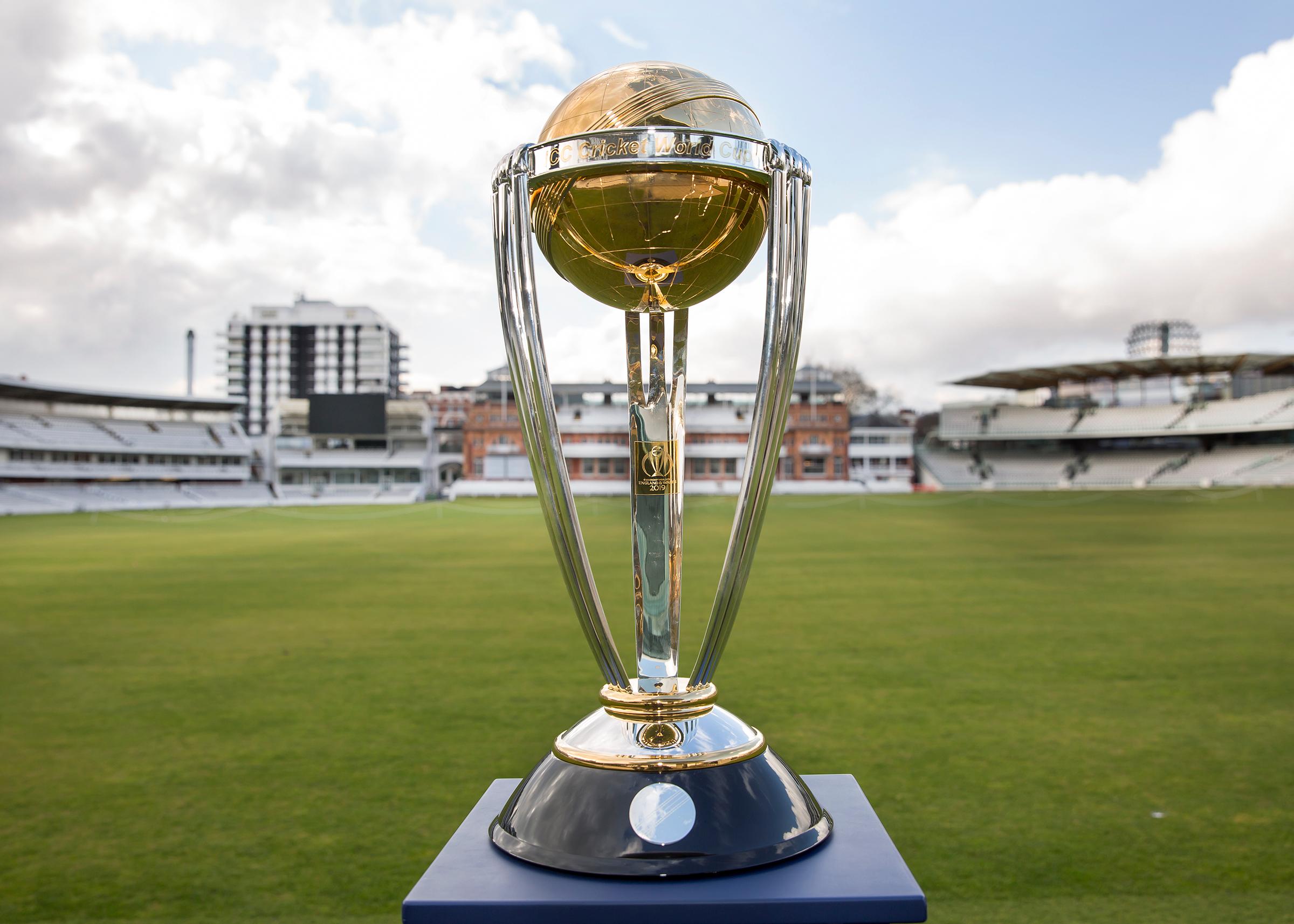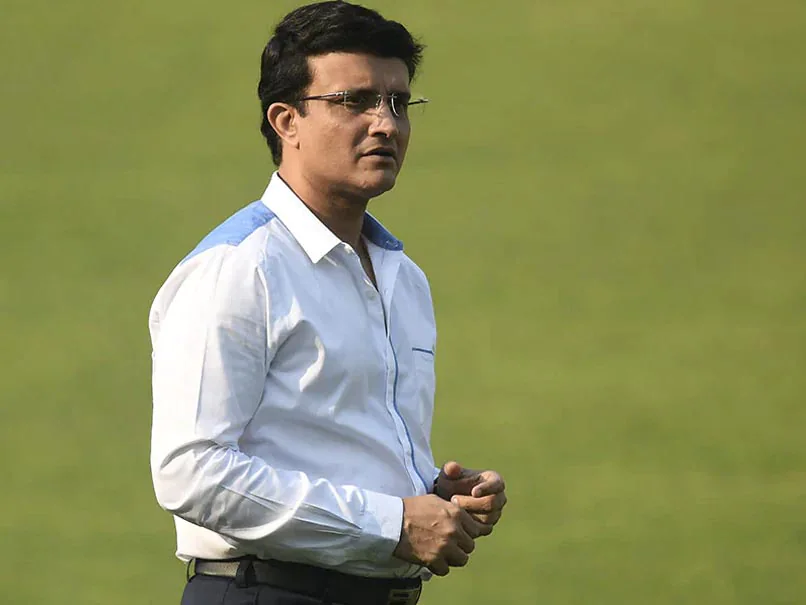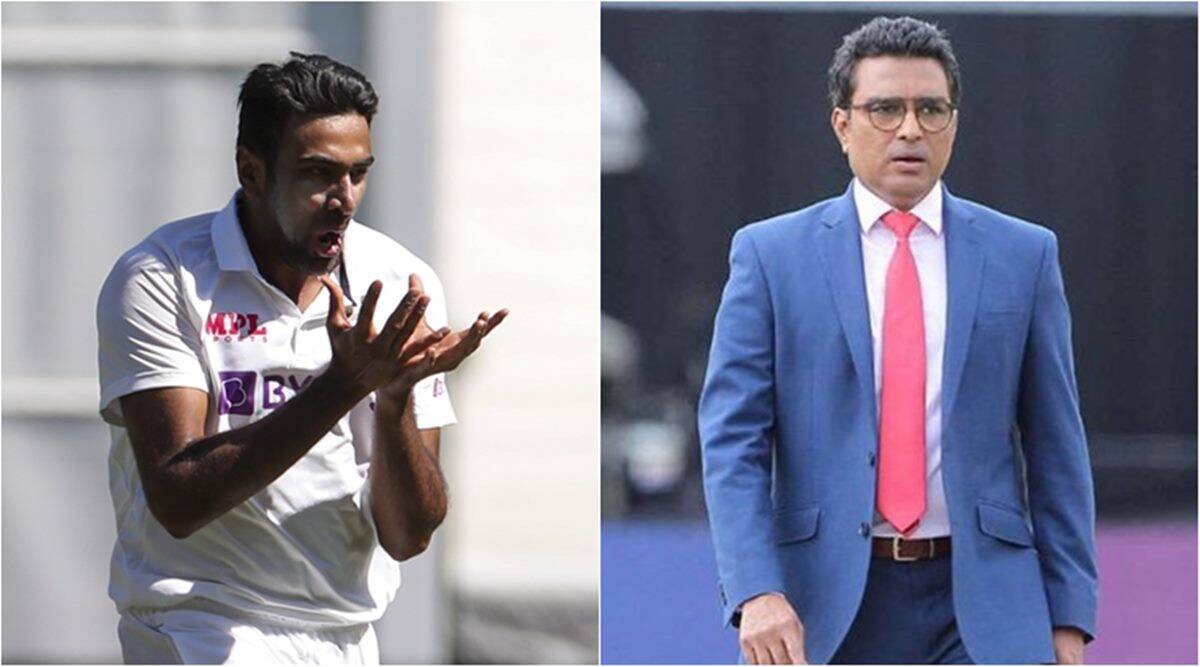T20 cricket. Let me at the very outset clarify that I am not a great fan of T20 cricket. Having said that, I will watch T20 if India is playing. Apart from that, I do not watch T20 regularly. This means that I certainly do not follow IPL or Big Bash or any of the other leagues. Probably because of the unreasonable scores in T20. Does it promote viewership? We will see.
Unfortunately, T20 cricket is primarily aimed at the batsmen scoring bucket load of runs and sending the ball to all parts of the stadium. The idea behind this is that people will throng the stadiums if they are guaranteed lots of runs being scored. It looks like various boards may have misunderstood the crowds. The crowds may want to watch runs being scored but they also want to watch a good game. Especially, when the battle between the ball and the bat is even.
The fate of ODIs
One day cricket used to attract lot of viewers. The reason was the same as T20 is now. At the moment, there are growing voices against ODIs itself. It is being felt that the game must contain only 2 formats, Tests & T20s. ODIs have fallen from such heights. The one reason why it has dropped so low is because there simply aren’t any close games anymore. There are lot of games where teams score in excess of 350 for fun. In some of the games, the chasing team have even managed to score that many runs in quick time. A few years back, an ODI series between South Africa & Australia was so boring that in every game both the teams scored in excess of 350. It was the same series when South Africa scored that record 420+ runs to win the game.
ODI wickets in England, India, Australia & New Zealand are so horrible that any team can hope to score more than 350 and any team can hope to chase that successfully. Eoin Morgan even speaks of scoring over 500 one day. I remember the recent India vs New Zealand series. India score 347 and NZ got that many in a couple of overs less. This is not cricket.
There hasn’t been any effort on the part of the ICC or the respective boards to make ODIs much more competitive. ODIs are more than 40 years old but it exploded commercially only after 1990. In that sense, it is only about 30 years old and already it is being felt boring, predictable and too lengthy.
Less crowds
In a lot of countries, Sri Lanka, West Indies, South Africa to name a few, there aren’t that many on the grounds to watch ODIs any longer. This despite the fact that the home team was playing. The only aspect that keeps ODIs still going is because it is over 7 hours with 99% certainty of a result and as a result, lots of advertisements. This will also come down once the viewership on TV also starts to go down drastically.
The fate of T20s
A similar fate awaits T20 as well and hence it must be made much more competitive. The bowlers must be made to feel that they are indeed part of the game. They must not be given certain privileges that will make the game much more interesting. Apart from the bowler friendly decisions that I have argued in one of my earlier post, the following must be implemented as well.
Problem with T20 cricket
At the moment, the T20 rules aren’t much different from ODIs. You still have 5 bowlers bowling 4 overs each, still 11 are allowed to bat etc. Let other rules remain the same but the one rule if changed will definitely bring a better balance in the game. At present, teams are allowed to bat upto No. 11. This means that openers and the top order are not really worried about their wickets and they start to take all kinds of risks in trying post scores in excess of 180 in every game.
They are well aware that even if a team loses 2-3 quick wickets, the number of overs left is pretty less and the remaining batsmen will be able to bat that many overs and score in excess of 150. More often than not they succeed. With small grounds, flat wickets and every other rule against them, the bowlers are reduced to bowling machines. This imbalance must be addressed.
Reduce the number of wickets
The only change that T20 cricket requires apart from the others that I had argued before, is that the number of batsmen allowed to bat must be reduced to 6 or at the most 7. The top order batsmen will realise that there aren’t that many wickets to play with and will be forced to bat little cautiously to avoid cluster of wickets. As a result, the team scores will be brought down to 140 from 180 which is 7 per over.
This will balance the current completely lopsided game and will make the bowlers a vital part of the game just like the batsmen. Once the games become competitive there will be lot of thrills and lots of fluctuation in fortune. Isn’t that the beauty of the short format of the game? Scores in excess of 200 will be in the past. Bowlers may probably be able enjoy a level playing field. As a result, crowds will come back to watch the game. I do realise that this is healthy now but in about 5-7 years, as more and more T20 leagues surface, it will not be the case. Once the crowds come back, it will be beneficial for the boards and also for the ICC.
Let me know your thoughts on reducing the scores in T20 cricket.



